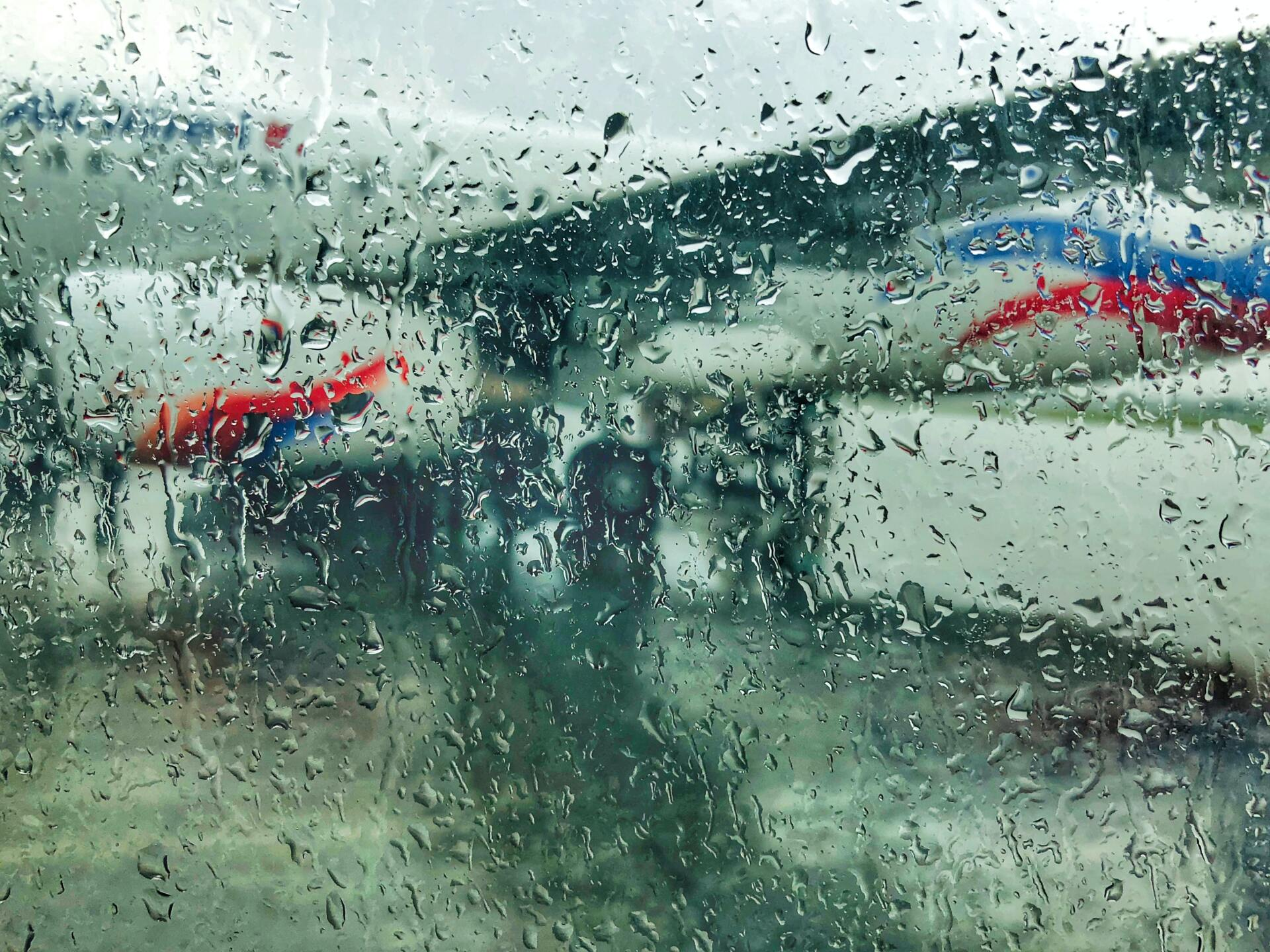Ben Houchen and the Phantom Low
Cost Carrier
Tees Valley Monitor does some arithmetic on the airport's prospects.
Photo by Rishi Mohan on Unsplash
Scott Hunter
9 January 2021
It all began in October when Tees Valley Mayor, Ben Houchen optimistically tried to pull the wool over everyone’s eyes by claiming that charter airline TUI, which will be flying from Teesside from 2022, was the low cost carrier (LCC) he had that was an essential part of his ten-year turnaround plan for the airport. Ever since, in a veritable snowstorm of disinformation, his myriad press releases have been peddling variations on that theme. On more than one occasion we have sought to point out that Teesside does not have a low cost carrier (LCC) until one of the low cost airlines sets up a base here, and at present there is no sign of that happening.
There was a time when Houchen was more candid about the need for the LCC to set up a base at the airport. But even if that happens, questions remain. Would the arrival of a LCC bring the airport to financial viability? How would the LCC serve 1.5 million passengers a year?
As we are unable to ask questions of TIAL directly, we have returned to the report prepared for the TVCA by consultants ICF in 2018. Until now, while we have referred extensively to that report, we have avoided interpreting its findings. Recently, however, an industry insider has done some number crunching for us to establish what would be required for the airport to reach 1.5 million passengers a year. They came back with the startling finding that it would require “4 [Ryanair] aircraft being based at MME [Teesside Airport]. These would have to be doing 2 to 3 return flights each day for 51 weeks a year. Very ambitious”.
Some readers sympathetic to Houchen have criticised our earlier articles about new routes becoming available on a ‘Rome wasn’t built in a day’ basis. Our response has tended to be that the press releases overstate their significance, but these LCC numbers now really demonstrate just how big this hurdle really is.
Outside of the holiday season, where would those planes be flying to? Where is there demand? While Houchen has been bullish about the prospect of attracting a LCC, ICF was sanguine, and in an earlier article, TVM discussed some of the obstacles [airport and free movement] to attracting one.
There are further problems associated with the ICF evaluation. In addition to declaring that a LCC will enable passenger traffic of 1.5 million a year, it claims that, once this is reached, the airport will be ‘financially viable’. This appears to be contradicted by comment elsewhere. In 2019 the FT reported that “Working against Mr Houchen’s vision is that virtually all UK airports with fewer than 2m passengers a year lose money,” ft.com
Has the time come for Houchen to drop the crass ‘use it or lose it’ slogan and admit to the public that the airport will probably require public subsidy permanently? If the public shares Houchen’s (and our) view that it is a strategic asset, then it has to accept it on that basis.
A report submitted to the Welsh government goes further: “ Some … [smaller regional airports] appear likely to be inherently loss making and in addition to seeking to develop air services, may need to diversity their business in order to survive (e.g. by using airport land for maintenance facilities or commercial nonaviation purposes).”
Teesside, it should be noted, is the smallest of the seven airports in the north of England. The creation of a business park on the south side of the airport estate has been loudly heralded. What was not made explicit in the ICF and TVCA reports is that the revenue generated by the business park is essential if the airport is ever to come close to financial viability. Airline business alone will not secure it.
None of this comes as news to Ben Houchen, however. In an undated statement on his website (that looks to have been written in late 2019) he mentions to prospect of commercial development of the 819 acre site adjacent to the airport, saying that the airport will pay for itself. The clear implication is that the airport will become viable because of the commercial development of this site, even if it is not stated explicitly. Will the business park actually generate the necessary revenue to bring about financial viability at the airport? We discuss its prospects in a forthcoming article. Coming soon.

